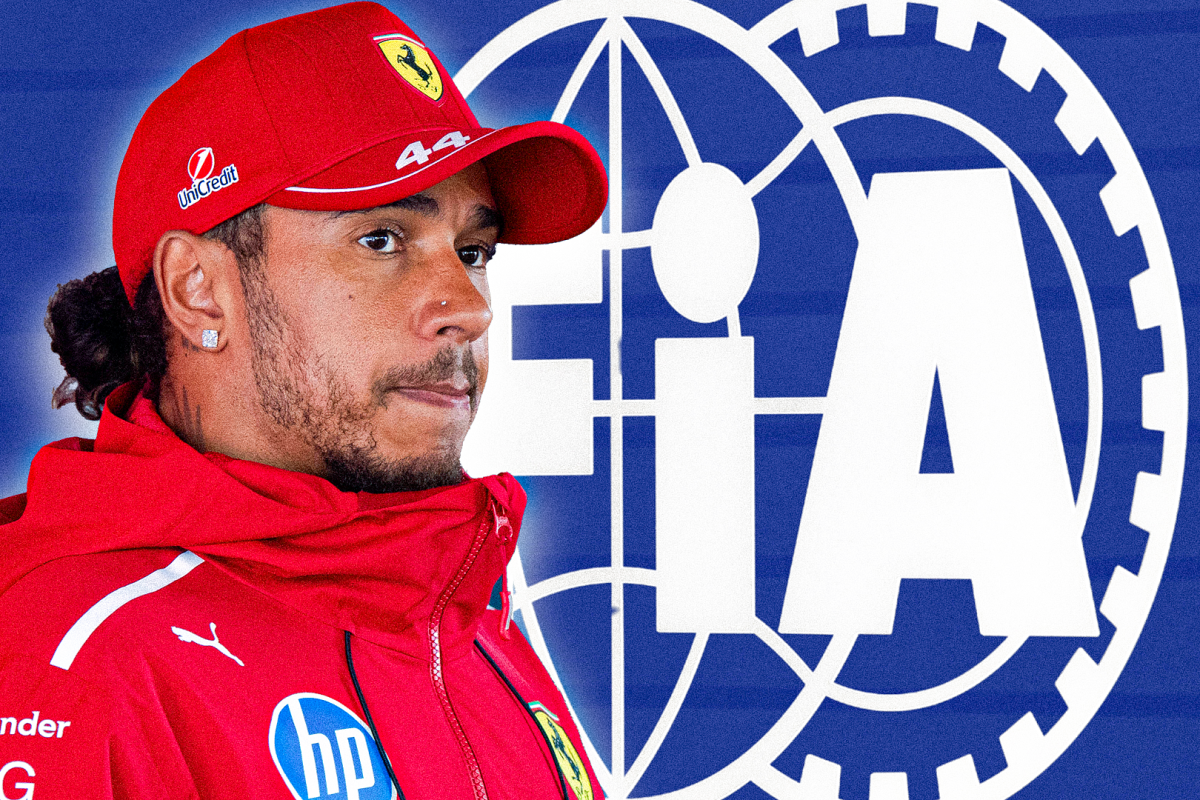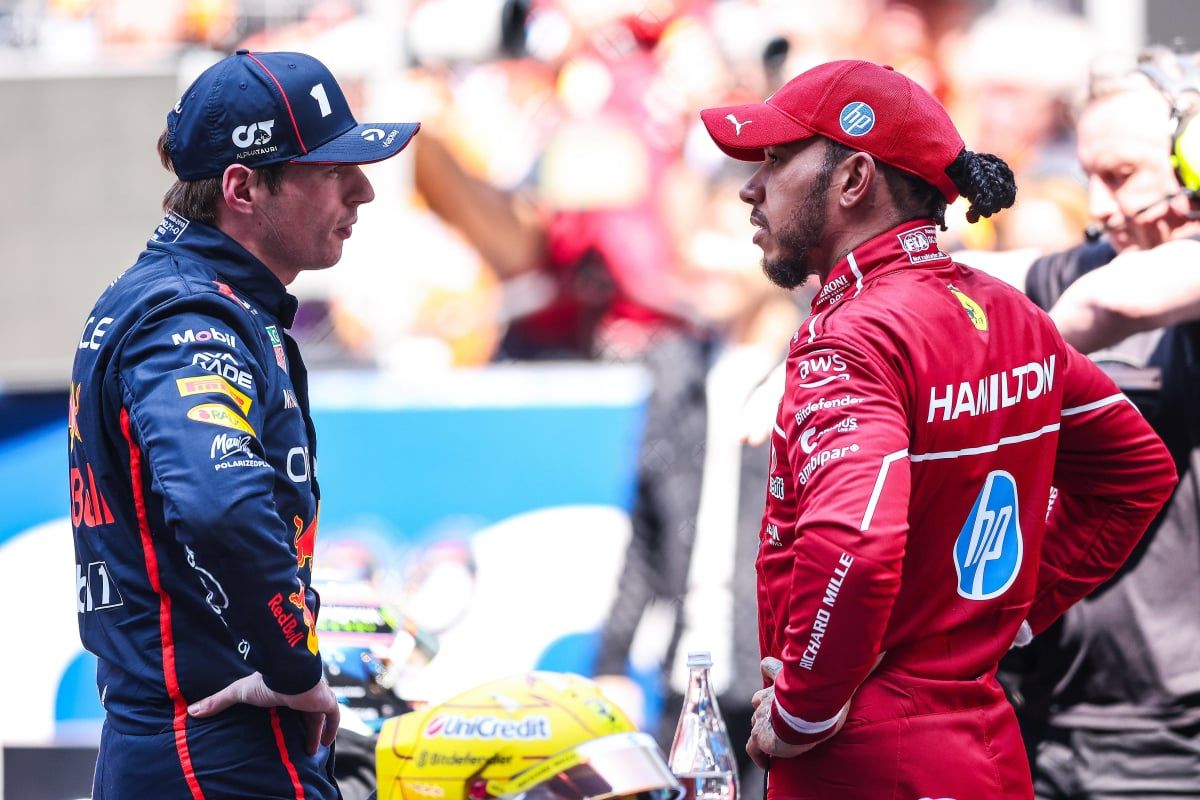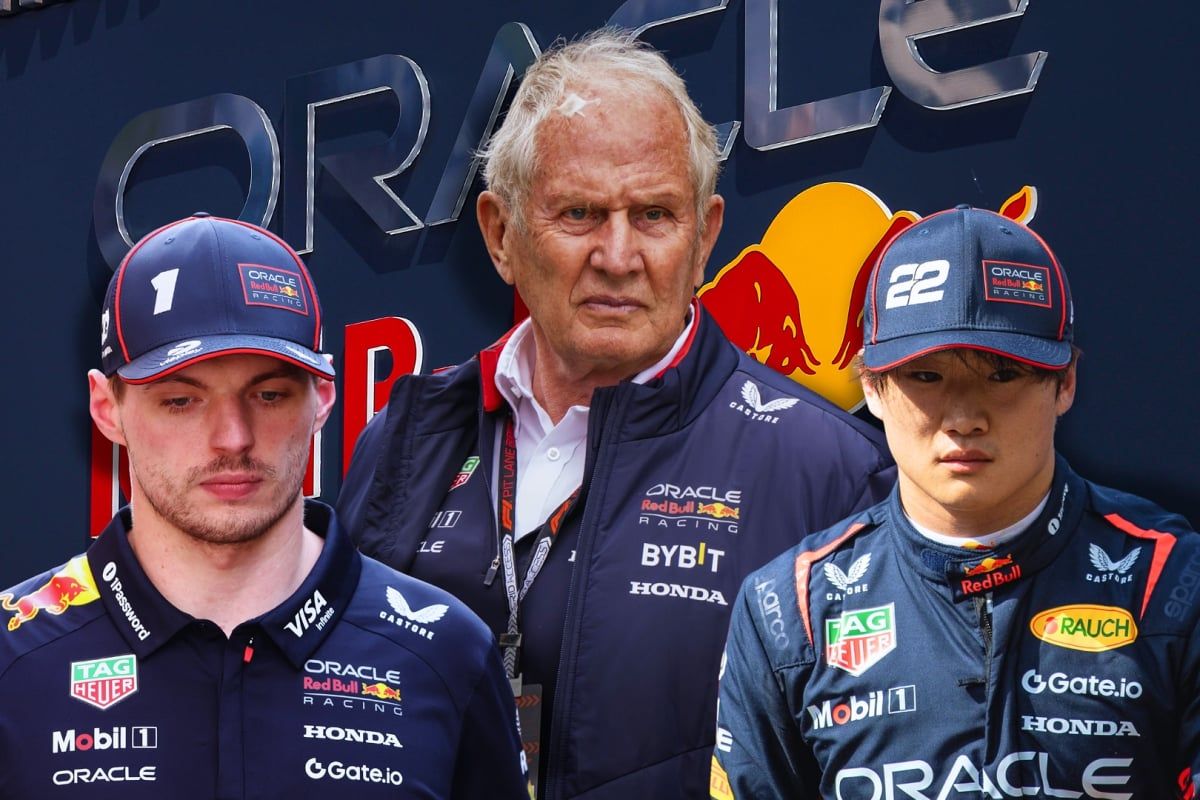F1 Superstar Lewis Hamilton Admits Critical Driving Flaw, Promising I… read more
Seven-time Formula 1 World Champion, Lewis Hamilton, has stunned the motorsport world with a candid admission of a significant driving flaw impacting his recent performance. In an exclusive interview with renowned motorsport journalist, Tom Clarkson, for the official F1 podcast, Hamilton revealed a persistent weakness in his braking technique under pressure, specifically in high-speed corners. This unexpected revelation follows a less-than-stellar start to the current season, marking a notable departure from his typically dominant form.
Hamilton, known for his unparalleled precision and racecraft, explained that the flaw manifests as a tendency to lock up his front brakes slightly too early in demanding braking zones. While imperceptible to the casual observer, this subtle imperfection, he confesses, leads to a loss of crucial tenths of a second per lap – a margin that cumulatively proves devastating in the fiercely competitive world of Formula 1. “It’s a tiny thing, almost subconscious,” Hamilton explained, “but it’s been costing me. It’s the difference between being on the podium and fighting in the midfield. It’s a frustration I haven’t experienced in a long time, and I’m determined to rectify it.”
The admission represents a remarkable level of self-awareness and humility from a driver accustomed to winning. It’s a stark contrast to the often-guarded nature of professional athletes, and showcases Hamilton’s dedication to continual improvement, even at the pinnacle of his sport. Rather than deflecting blame or making excuses, Hamilton directly confronted the issue, highlighting his commitment to analyzing his performance and striving for perfection. He detailed how, through rigorous data analysis and simulator sessions, he and his Mercedes-AMG Petronas team identified the underlying cause. The data revealed a slight inconsistency in his braking pressure application, coupled with a subtle shift in his body positioning under the immense pressure of high-speed cornering.
The revelation has sent shockwaves through the paddock. While some rivals might view this as an opportunity to exploit Hamilton’s weakness, many have expressed admiration for his honesty and proactive approach. Fellow drivers have lauded his commitment to self-improvement, acknowledging the immense pressure and scrutiny faced by top-tier F1 athletes. The wider F1 community has reacted with a mixture of surprise and respect, with many praising his vulnerability and commitment to learning and adaptation.
To address the issue, Hamilton has embarked on an intensive training program. This encompasses not only on-track practice but also specialized simulator sessions focused exclusively on brake-point precision and pressure control. He’s also working closely with his team’s engineers and performance coaches to refine his physical conditioning, ensuring optimal body control and responsiveness under pressure. The program incorporates biofeedback technology to help him achieve more consistent brake inputs and refine his muscle memory. Furthermore, Hamilton is engaging in mental conditioning exercises, focusing on maintaining composure and precision under extreme stress.
The upcoming races will be a crucial test of Hamilton’s ability to implement these changes. The pressure is undeniably high, as the entire motorsport world awaits to see if he can overcome this self-identified weakness and return to his championship-winning form. The timeline for a full recovery remains uncertain, but Hamilton’s frank admission and proactive response suggest he is committed to regaining his competitive edge. His willingness to openly discuss his flaws serves as a testament to his dedication, professionalism, and unwavering pursuit of excellence, further cementing his legacy as one of the greatest drivers in Formula 1 history, not only for his achievements, but also for his commitment to self-improvement and transparent communication. This unexpected vulnerability only adds to his compelling narrative, one that transcends the purely competitive aspects of the sport.




